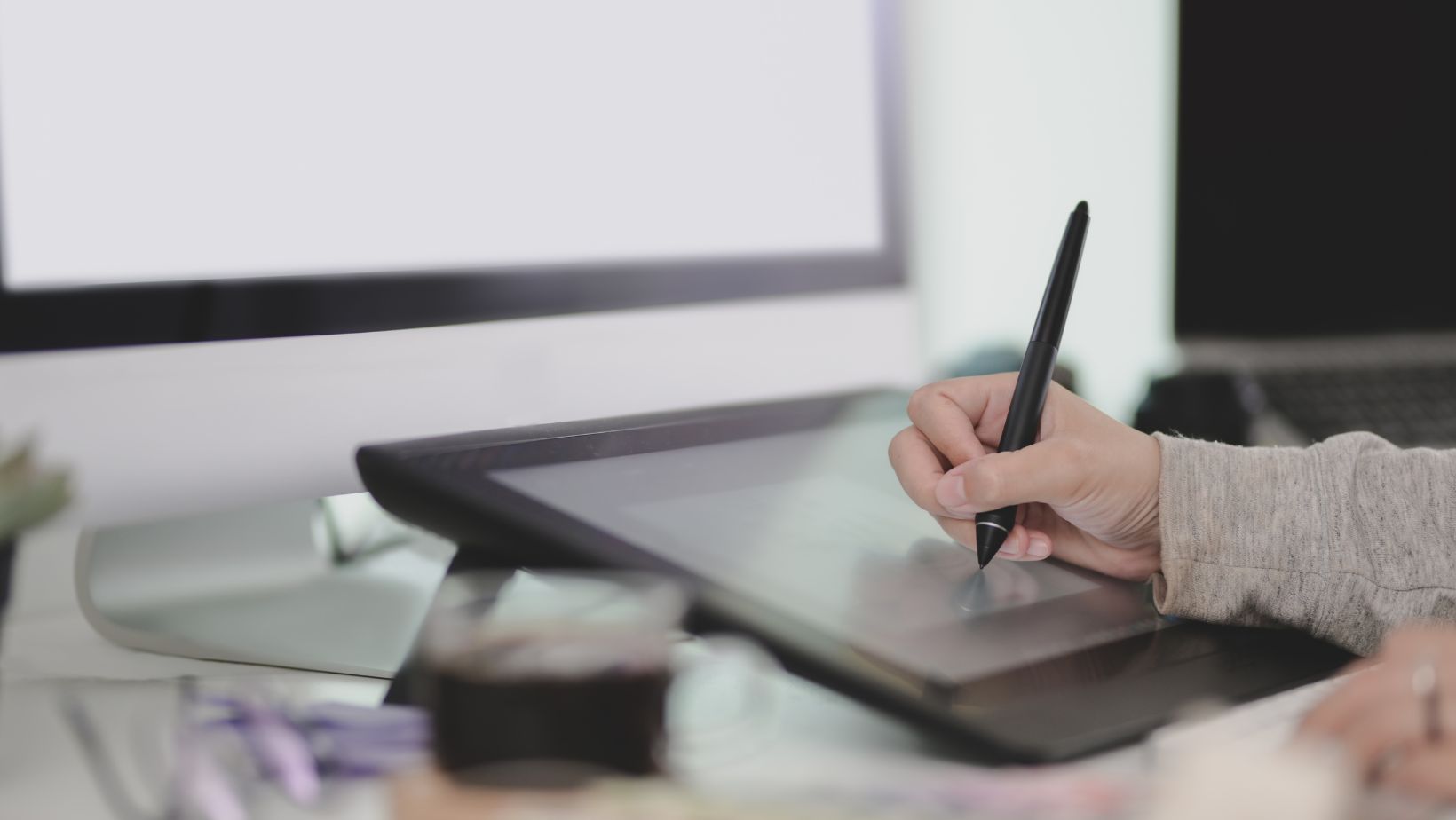Product Design vs Graphic Design
When it comes to the world of design, two fields that often come up in discussions are product design and graphic design. While both are essential in their own right, they serve different purposes and require distinct skill sets.
Product design revolves around creating tangible objects or goods that fulfill a particular function. It involves taking an idea from concept to reality, considering factors such as usability, aesthetics, materials, and manufacturing processes. Product designers focus on solving problems through innovative designs that enhance user experience while ensuring functionality.
On the other hand, graphic design is centered around visual communication. It encompasses the creation of logos, advertisements, packaging designs, and other visual elements used for branding or marketing purposes. Graphic designers use their artistic skills to convey messages effectively through typography, color schemes, imagery, and layout.
The Difference Between Product Design and Graphic Design
When it comes to product design vs graphic design, there are distinct differences between these two fields. While they may seem similar on the surface, each discipline has its own unique focus and purpose. Let’s delve into the disparities between product design and graphic design.
- Purpose and End Goal: Product design revolves around creating tangible objects or systems that serve a particular function. It involves designing physical products, user interfaces, packaging, and even services with the aim of enhancing user experience and solving problems. On the other hand, graphic design primarily focuses on visual communication through various mediums such as print, digital platforms, advertisements, logos, and branding. Its goal is to convey a message effectively using typography, colors, images, and layouts.
- Skills Required: While both disciplines require creativity and an eye for aesthetics, the skill sets needed for product design vs graphic design differ in many ways. Product designers need to have a deep understanding of materials, manufacturing processes, ergonomics, prototyping techniques, and usability principles. They often work closely with engineers to ensure their designs are technically feasible and meet functional requirements. On the contrary, graphic designers excel in areas such as visual composition, typography selection and manipulation software expertise (such as Adobe Creative Suite), color theory application know-how along with strong conceptualization skills.
- Timeframe: Product design projects tend to be more time-consuming compared to graphic design tasks due to their complex nature involving research & development phases followed by prototyping iterations before finalizing production-ready designs. In contrast,g raphic designers often work within shorter timelines for projects like creating brochures or social media graphics where speed is crucial.
In conclusion, it’s important to recognize that product design and graphic design are distinct disciplines with different focuses and objectives. While they share some commonalities in terms of creativity and aesthetics, the skills required, purpose, timeframe, impact, and collaborative efforts involved set them apart. By understanding these differences, we can appreciate the unique contributions each field brings to the world of design.
Understanding the Roles and Responsibilities
When it comes to comparing product design and graphic design, it’s important to understand the distinct roles and responsibilities that each discipline entails. While both fields are essential in their own right, they serve different purposes and require unique skill sets. Let’s delve into the specifics:
- Product Design: Product design focuses on creating tangible objects or digital interfaces that meet user needs while also considering functionality, usability, aesthetics, and manufacturability. It involves a multidisciplinary approach that combines elements of engineering, ergonomics, psychology, and marketing.
Responsibilities of a product designer may include:
- Conducting user research to identify pain points and gather insights
- Sketching initial concepts and creating prototypes for testing
- Collaborating with engineers to ensure technical feasibility
- Iterating designs based on feedback from stakeholders
- Considering materials, manufacturing processes, cost constraints, and sustainability factors
A successful product designer aims not only to create visually appealing products but also to enhance the overall user experience by addressing usability issues and incorporating innovative features.
- Graphic Design: On the other hand, graphic design primarily deals with visual communication through typography, imagery, colors, layout composition, and branding elements. Graphic designers use their creativity to convey messages effectively across various mediums such as print media or digital platforms.
Responsibilities of a graphic designer may include:
- Conceptualizing visual identities for brands or organizations
- Creating logos, illustrations, infographics, or packaging designs
- Selecting appropriate fonts and color schemes for cohesive branding
- Crafting engaging layouts for websites or social media content
- Collaborating with copywriters to ensure harmonious integration of text and visuals
Graphic designers play a crucial role in capturing attention through captivating visuals while maintaining brand consistency across different touchpoints.
In conclusion, Both product design and graphic design are integral parts of the creative industry but serve different purposes. Product designers focus on developing functional products that meet user needs, while graphic designers specialize in visually communicating messages and creating brand identities.


